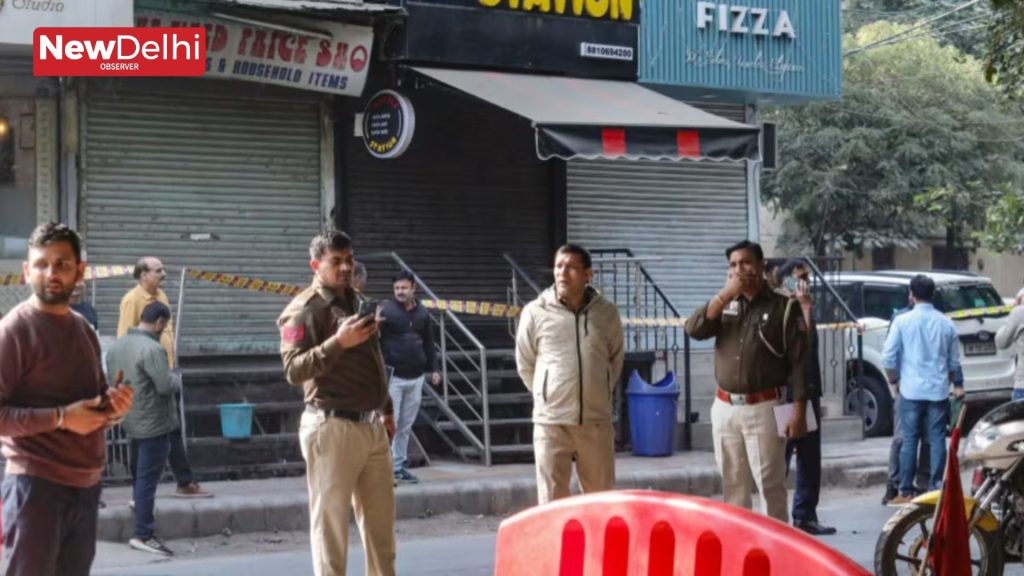A recent explosion in Delhi’s Prashant Vihar area on November 28 has been investigated. Initial findings show no evidence of a terror attack. Sources suggest the blast was caused by a chemical reaction, not explosives.
The injured individual is 28-year-old Chetan Kushwaha, a nearby three-wheeler driver. He is believed to have accidentally triggered the explosion by throwing a lighted bidi, a type of cigarette, at the site.
Kushwaha was injured but received prompt medical treatment and has since been discharged from the hospital. The explosion occurred close to a sweet shop, just 500 meters from a site that experienced a serious blast in October. Although the locations are near each other, investigations have ruled out a connection between the two events.

Police recovered a white powder from the scene, but found no explosives. This supports the theory that a chemical reaction caused the blast. CCTV footage from the area was reviewed, but no unusual activity or suspects were identified. The explosion happened around 11:47 am. Fire tenders and police teams quickly responded, securing the area.
The intensity of the November 28 explosion was significantly lower than the October blast. Officials noted differences in the blast patterns, which suggests different causes for each incident. However, the possibility of a chemical reaction remains strong as evidence is gathered.
A senior Delhi Police official stated, “There is no CCTV footage showing the blast. We are reviewing videos to check if an object was thrown that might have caused a fire. So far, there is no evidence of terrorism or explosives.” The National Security Guard (NSG) has also assessed the situation and found no indications of explosives involved.
Currently, authorities are awaiting reports from the Forensic Science Laboratory (FSL) and NSG. These reports are expected to clarify the cause of the explosion. The authorities are committed to uncovering the truth while ensuring public safety.




